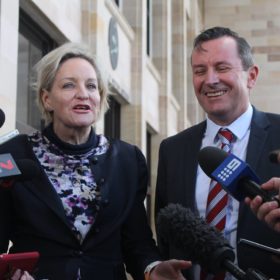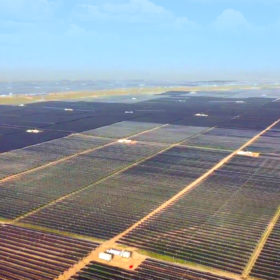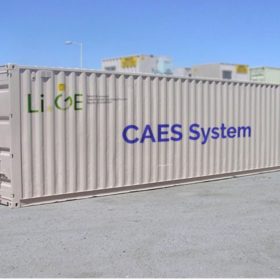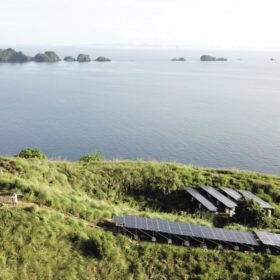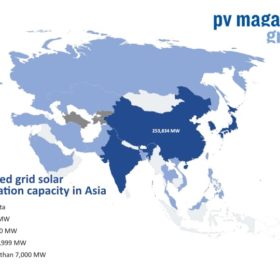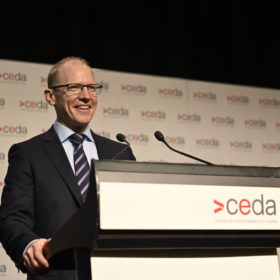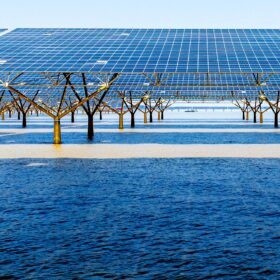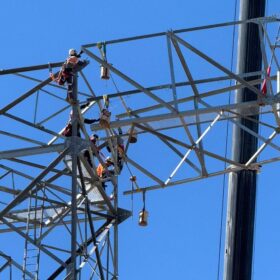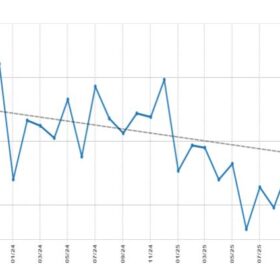Western Australia joins industry-led green hydrogen certification scheme
Western Australia’s McGowan Government has joined fellow state and territory governments in joining the Smart Energy Council’s industry-led Zero Carbon Certification Scheme. As the region with the largest proposed green hydrogen projects in the world, this is a significant step toward ensuring a future in which green hydrogen is prioritised.
Vaulta’s innovative EV battery casing wins Federal government grant
Brisbane-based battery casing company Vaulta has more to celebrate than just Brisbane’s winning 2032 Olympic and Paralympic bid. The company has won a Federal government Accelerating Commercialisation grant that will see its innovative design pushed ahead as the tide of electric vehicles rising globally.
China added 13 GW of solar to the end of June
The volume of new PV generation capacity added in the first half was higher than expected, given the rising input costs seen in recent months, but solar was nevertheless outpaced by new wind farms in the first six months of 2021.
Queensland minister reveals goals for 10 year plan and survey findings, urging renewable industries to ‘act quickly’
The number of residential home batteries in Queensland has doubled while electricity bill cost concern has almost halved, found the “biggest survey of its kind” conducted in the state. The survey’s findings, which set to be released in full later this week, were summarised this morning by Queensland Minister for Energy, Renewables and Hydrogen, Mick de Brenni, at a virtual event.
More than just hot air
Compressed air energy storage is not exactly a new technology, but recent months have seen this older storage technology with a new lease of life as intermittent renewable sources of energy come to the fore. Recent large-scale air storage plants have been announced in North America and the Middle East, and now some of that hot air has arrived on Australian shores.
Importers could pay EU carbon tax from 2026
European commissioner for economy Paolo Gentiloni has outlined how the commission’s planned revision of the energy taxation regime, and introduction of an EU carbon border, could be applied.
Australia could add 4 GW of rooftop solar this year
The head of the nation’s Smart Energy Council told an event organised by the Global Solar Council, that landmark could be achieved even amid Covid-19 restrictions.
Saturday read: Southeast Asian solar markets emerging from the back of the pack
Southeast Asia could well become the global engine room of renewable energy expansion. Population and economic growth is expected across the three decades in which the world has to decarbonise, but the brimming bounty of renewables deployment will force developers to navigate the region’s systems. As it turns out, that could be a treacherous task.
China to add 619 GW of solar this decade
Indonesia will catch the eye too over the next nine years, according to Wood Mackenzie analysts, as its market grows from 300 MW to 8.5 GW.
Australia’s grid to be ready for instances of 100% renewables by 2025 to end asset constraints, AEMO boss clarifies
In his first public address, the newly appointed head of the Australian Energy Market Operator significantly upped the Operator’s ambitions for renewable penetrations in the grid, conveying the importance of no longer constraining what he called ‘zero cost’ renewable energy assets.
